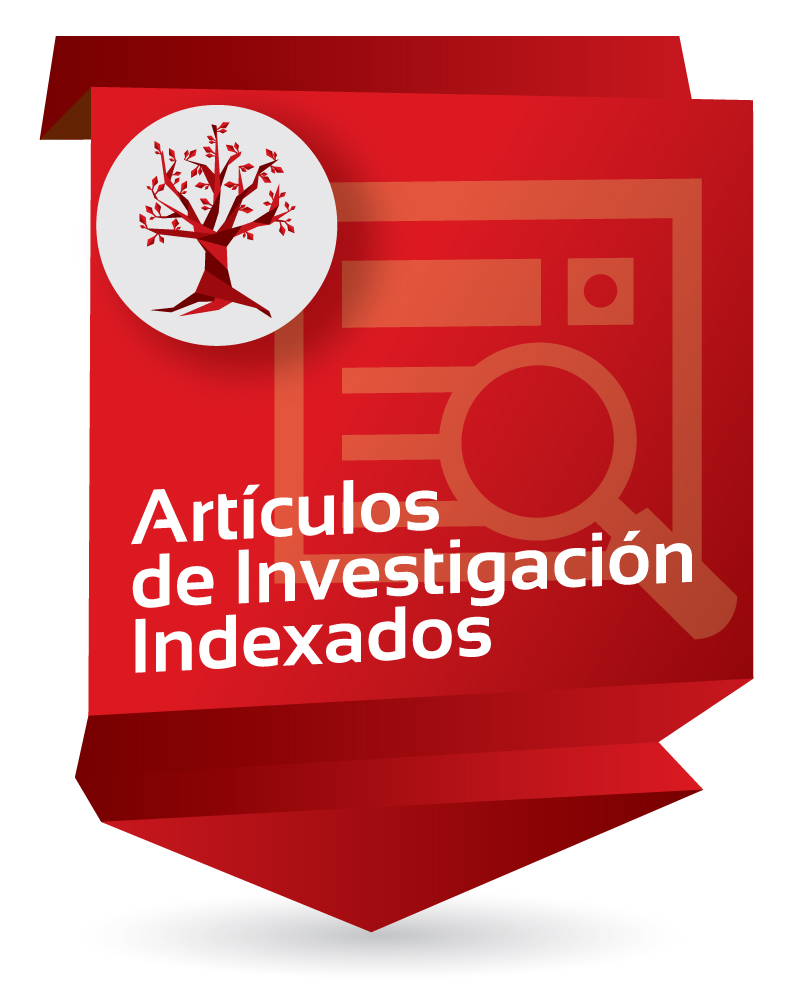The pursuit of healthier communities through a community health medical education program

Enlaces del Item
URI: http://hdl.handle.net/10818/33189Visitar enlace: https://www.ncbi.nlm.nih.gov/p ...
Visitar enlace: https://www.educationforhealth ...
DOI: 10.4103/efh.EfH_283_14
Compartir
Estadísticas
Ver Estadísticas de usoCatalogación bibliográfica
Mostrar el registro completo del ítemAutor/es
Lamus Lemus, Francisco; Correal Muñoz, Camilo Alejandro; Hernández Rincón, Erwin Hernando; Serrano Espinosa, Natalia; Jaimes deTriviño, Clara; Díaz Quijano, Diana Marcela; García Manrique, Juan GabrielFecha
2017-09-19Resumen
Background: Distinct periods in the community health undergraduate medical program at the University of La Sabana (Colombia)
were identified in its evolution from 1999 to 2013. We describe each period and explain the succesion of changes toward improvement.
Methods: An ordered review of the community health program was constructed based on the retrospective recollection, classification, and
analysis of information from document archives and interviews with participants. The review of the experience reconstructs periods of the
program, organizing the evolution of its learned lessons and identified changes across the development of community health projects (CHPs)
and the phases followed in their implementation. Results: Two principal stages were identified, the first when students’ CHPs involved
only schools, and the second when students worked in a broader array of community settings. Identified phases of the community health
cycle leading to identifying changes across the program timeline were focus of the community–campus partnership; development of
relationships among participants; health and health determinants’ assessment; defining project goals and objectives; devising a project
activity plan; implementing and gathering results; disseminating project achievements; and building sustainability of program activities.
Periods were bounded by important new characteristics introduced in the pursuit of healthier communities. Discussion: Understanding
the evolution of the program revealed the key concepts and practices in setting community health apprenticeship scenarios for the various
participants. Overall, trust and commitment from stakeholders requires competent facilitators able to build meaningful and sustainable
collaborations that can translate the purpose of community health practice into an effective teaching–learning experience. Institutional
capacity building and collaborative practice contribute to improvements in the community health program and its ability to be flexible to
adapt to different contexts. Periods reflecting improvement in this school’s programs over time can help others identify key elements that
need to be integrated into a community health medical education program.
Palabras clave
Ubicación
Educ Health (Abingdon)
. May-Aug 2017;30(2):116-125
Colecciones a las que pertenece
- Facultad de Medicina [1589]

















